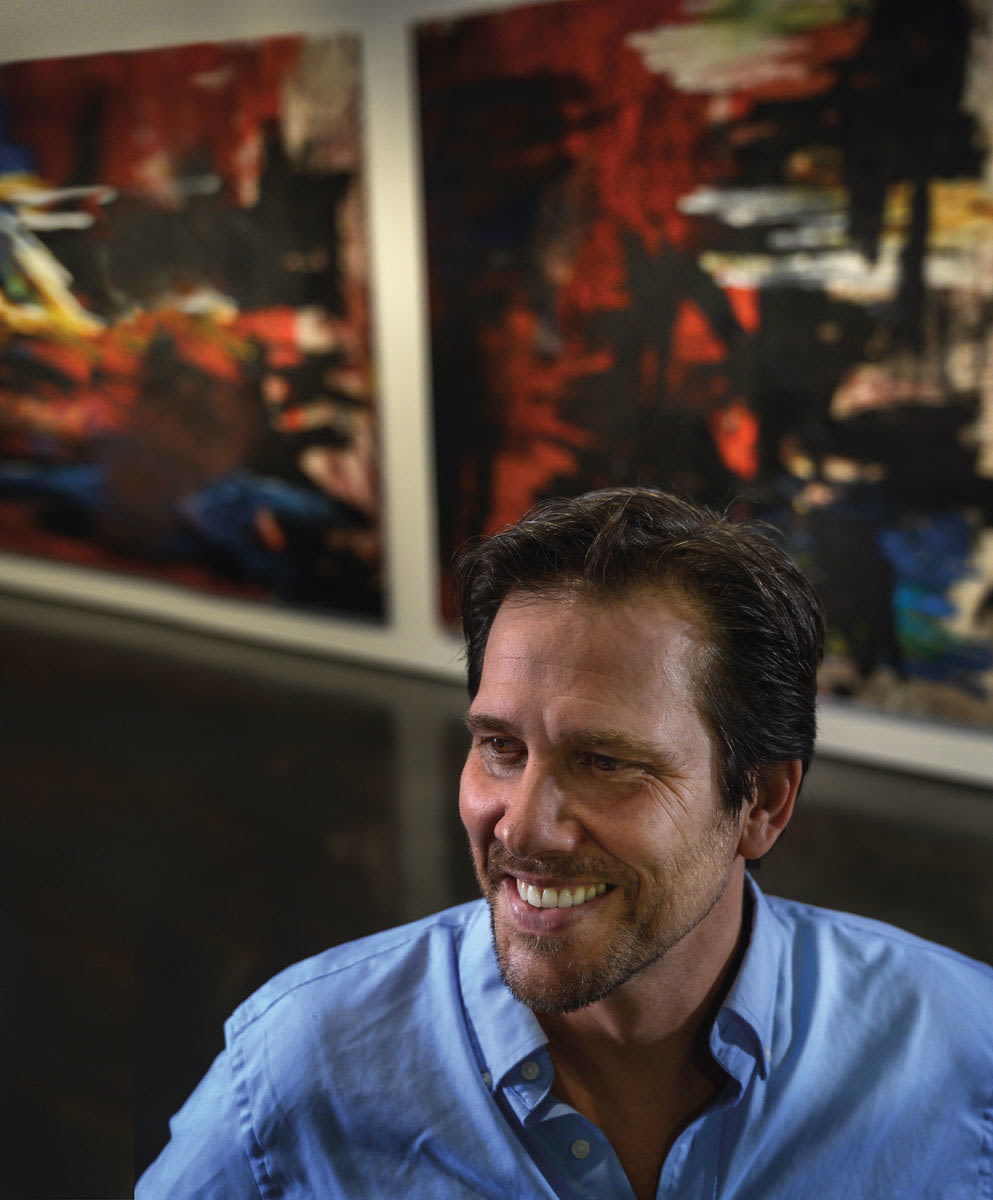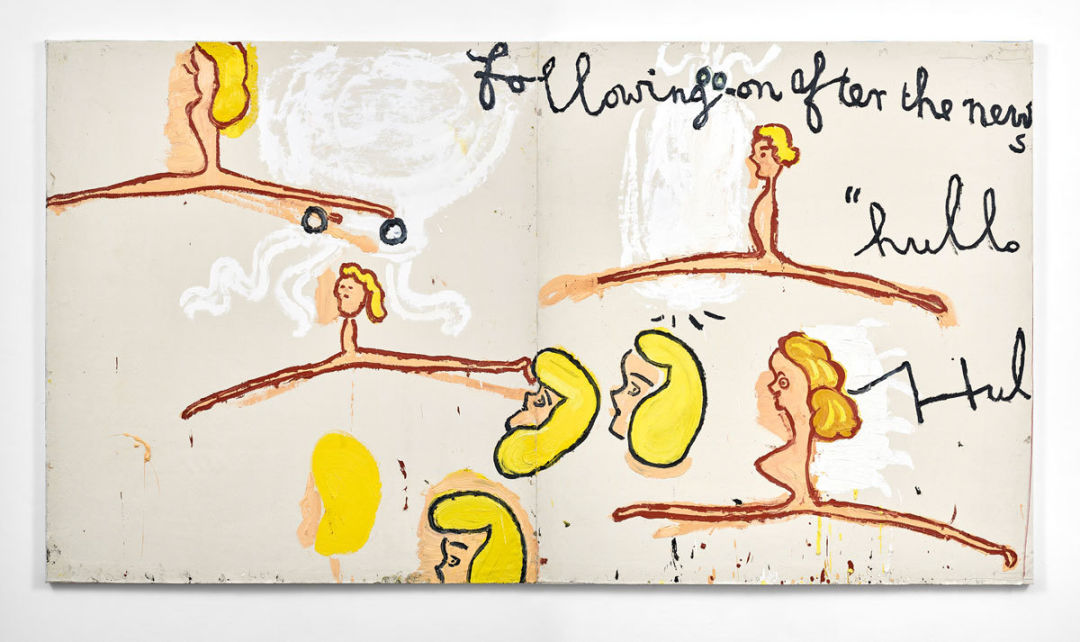Meet the Aspen Art Museum's New Head Curator Max Weintraub

Max Weintraub
Image: Karl Wolfgang
Over the past several years, culture pundits the world over have been engaged in a robust debate about how a museum should be defined. Last September, the International Council of Museums decided to postpone voting on a new definition that would have included a directive to promote “human dignity, social justice, global equality, and planetary well-being.”
Max Weintraub, who joined the Aspen Art Museum (AAM) as senior curator last year, distills this discourse into a single idea: relevancy. He champions cultural democracy, with a vision for the museum—which he currently helps oversee while the search for a new director continues—that fosters pluralism, diversity, and community engagement. “My background as an educator has instilled in me the belief that museums need first and foremost to be a resource to the communities that they serve,” he says. “Art has the power to foster dialogue and public engagement through learning, debate, and exchange.”
Weintraub cemented his interest in both the arts and in Colorado some 20 years ago while interning at the Denver Art Museum and hiking the state’s 14ers on weekends. “My internship taught me that there are fantastic museums and art scenes all across America, and in some way paved the way for me to come back to Colorado,” he says. Before coming to Aspen, Weintraub served as director and curator of the galleries at Indiana University’s Herron School of Art and Design. Previously, he worked at the Philadelphia Museum of Art, the Whitney Museum, and the Museum of Modern Art, and taught art history at Hunter College.
With AAM as the only institution on the Western Slope accredited by the American Alliance of Museums, Weintraub recognizes its pivotal role in the contemporary art scene despite being in a small town. “The Aspen Art Museum is one that punches way above its weight class,” he says, “offering world-class exhibitions one might expect to find in a much larger museum in a major city.”
Weintraub makes his Aspen curatorial debut in March, when AAM presents British artist Rose Wylie’s first US solo museum show. The show reflects his commitment to presenting the newest, most important evolutions in international contemporary art, as well as to furthering broad-reaching artistic conversations.
For those who leave some AAM exhibits scratching their heads, the Wylie exhibit will be less of a conundrum. Notes Weintraub, “I think that it can sometimes feel like you need a PhD in critical theory to enjoy contemporary art and get something out of it, but an artist like Rose Wylie reminds us that it can be complex and sophisticated, yet still appeal to people of all ages and backgrounds.”
Wylie was a late bloomer; now 85, she began to capture the public imagination when she was in her 70s. Perhaps for this reason her work has a relaxed, accessible quality, conveying a sense of honesty through the many observable layers of her process. Raw elements like loose threads, unsquared canvases, visible measurement notes, and “mends,” draw the viewer into a personal relationship with her massive paintings.

Rose Wylie, Hullo, Hullo, Following-on After the News, 2017. Oil on canvas in two parts, 72 x 131 1/2 in. © Rose Wylie
Defying categorization, Wylie’s pieces offer myriad interpretations and opportunities for interaction. Perhaps her brilliance lies in her ability to see the world as a little off-kilter, while compelling viewers to contemplate issues like women’s place in society and gender roles. “Wylie puts a smile on your face,” says Weintraub. “Her work isn’t intimidating; it’s fresh and fun.”
In addition to kicking off the new decade with this exceptional exhibit, Weintraub and his colleagues plan to continue a lineup of creative, dynamic programming for diverse audiences. The museum is working on additional teen-oriented programming, new programs for LGBTQ+ youth, and the second year of a fellowship program that gives local artists more opportunities to share and exhibit their work.
And, of course, other Weintraub-curated shows are on the horizon. This June, look for an exhibit from Barbara Kasten, whose photographs and video installations have been influenced by the Bauhaus and other modernist architecture, as well as a group show, The Practice of Everyday Life, titled after the book by French scholar Michel de Certeau. The exhibit will feature work from six artists—Shirin Neshat, Andrea Fraser, Jeff Wall, Janet Cardiff, Gillian Wearing, and Pilvi Takala—that, says Weintraub, “playfully subverts the unwritten social codes that structure public spaces and the way we interact.” He adds, “I’ve been thinking about this show for over a decade, waiting for the right time and the right place. This felt like the appropriate time to bring in a bunch of major international artists and tease out this philosophic idea, which has to do with issues of power and authority and control.”
Later this year, Weintraub brings to AAM an exhibit by New York–based Beverly Semmes, known for her installations of oversized women’s dresses, and the first US museum show for Russian artist Sanya Kantarovsky.
Though it’s too soon to say how Aspen and the community are shaping his curatorial vision, Weintraub does speak to one small moment of inspiration. “The Wylie show will have a Bo Peep–type figure standing in the mountains,” he says. “I thought that would particularly resonate here.”













































